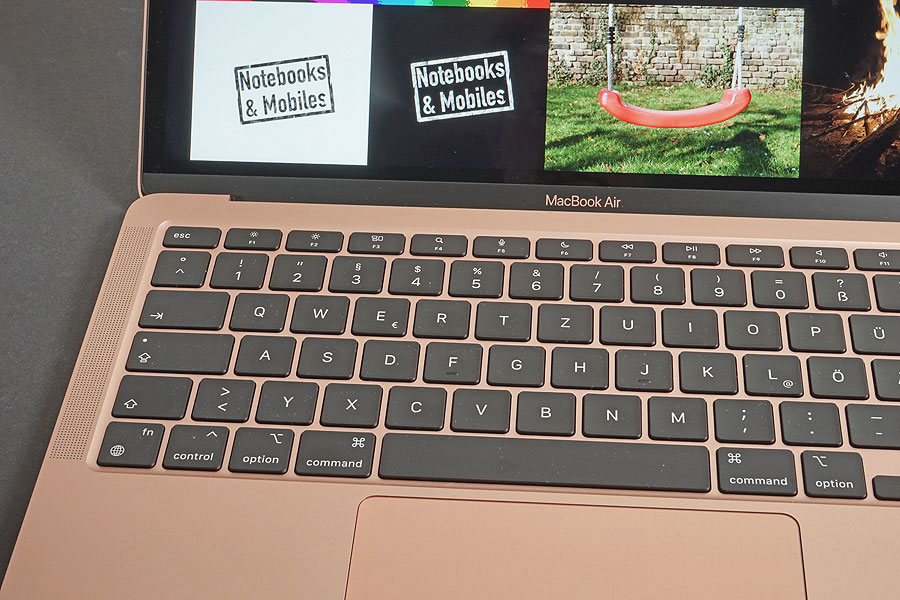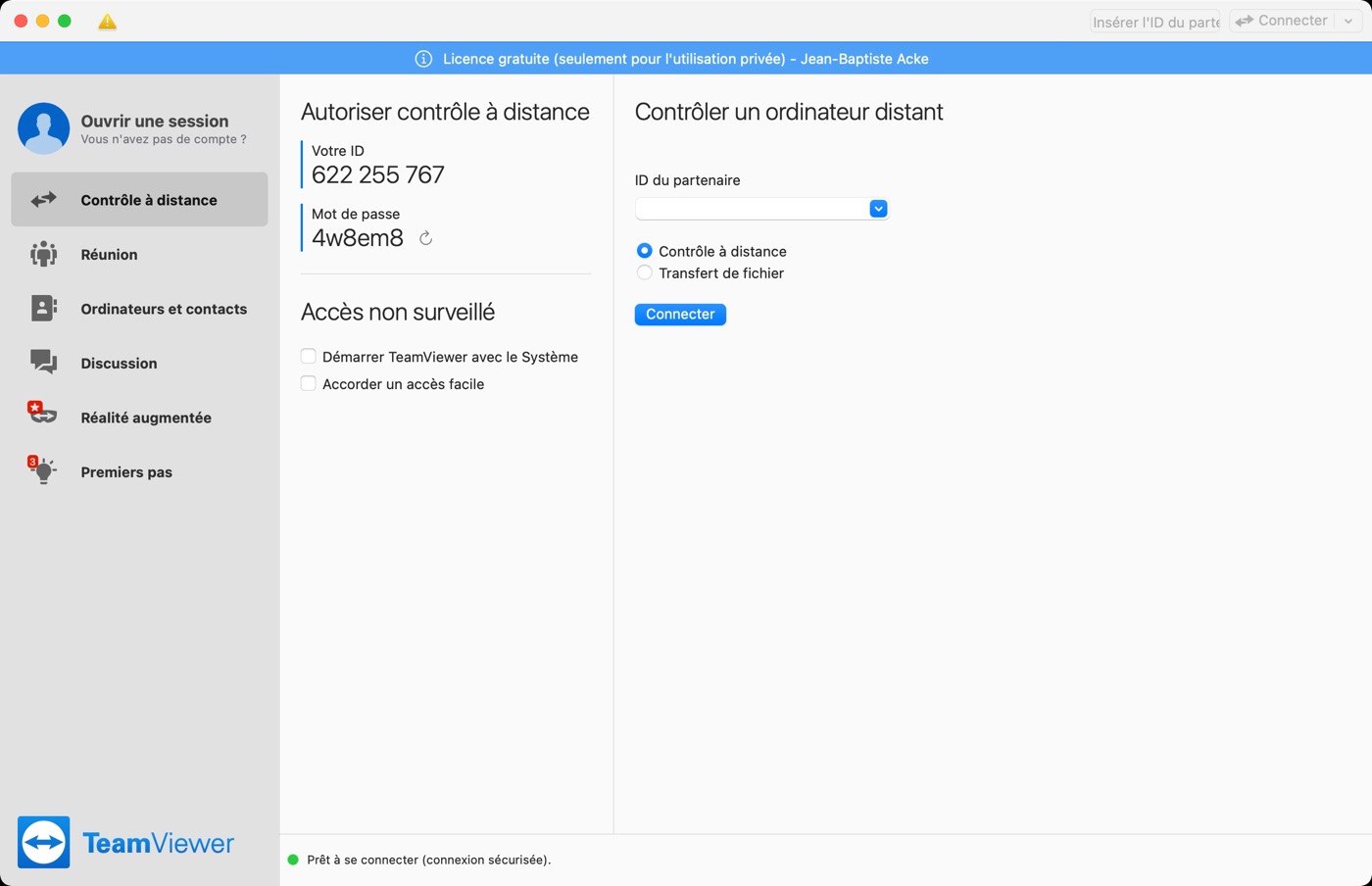

- Monitorcontrol mac m1 full#
- Monitorcontrol mac m1 software#
DisplayServices framework bridging instead of existing Swift workaround. Better handling of runtime changes in display configuration. Proper support for (future) Apple Silicon Macs with multiple external display support. Submenu mode looks better now and is activated only with 3 or more displays. Better handling of rapid configuration changes (when user closes/opens lid or plugs in and out displays rapidly). Display naming reflects mirroring better. OSD is shown on the mirror master screen when a controllable display is shadowed by an uncontrollable display. Displays that has mirrored screens are controlled along with mirror master. Monitorcontrol mac m1 software#
Added software brightness control as a fallback if DDC is not available. Added software darkening option in place of ‘lower contrast after brightness’. Moved "Change Brightness/Volume for all screens" under Keyboard in Settings. Upon configuration change, restoring software dimming is smoothed out to be less disruptive. Upon configuration change, when previously saved software dimming values are restored, a subtle OSD effect will give a hint to the user that MonitorControl is doing this. Subtle OSD effect when using 'Further lower brightness via software shading'. Monitorcontrol mac m1 full#
Full compatibility with custom expert ColorSync Display Calibration Profiles. This might also be a better alternative for OLED or microLED displays. Added "Enable Mute DDC command" to handle displays that do or do not support this command (Thanks to In Settings/Display the 'DDC' checkbox can now be unchecked - this combined with 'Enable software control.' will let misbehaving displays be controlled via software dimming. This also solves the issue regarding full screen apps which in the past resulted in the wrong screen being detected as active. Active screen is now determined solely by the location of the mouse cursor (no need to click or anything). Keyboard controls now works when menu is open. Show an OSD lock symbol when keyboard change is not allowed for a few seconds after sleep or display reconfiguration. Hide OSD function hides the mac volume OSD instead of trying to suppress LG display overlay. Enable software dimming if required, this is enabled by default. 
New "Displays" tab in preferences (this combines the functions of the old "Display" and "Advanced" tab).New Big Sur style menu on Big Sur and above.Replaced menu bar slider titles with icons (only on macOS Big Sur and above).Using docks or daisy-chaining devices doesn't increase the number of displays you can connect.Full release notes for 3.0.0 Enhancements.On Mac mini, you can connect a second display to the HDMI port.

On iMac, connect your display to either of the ports with the Thunderbolt symbol.
On MacBook Air, 13-inch MacBook Pro, iMac, and Mac mini, you can connect one external display using either of the Thunderbolt / USB 4 ports. If you're using a Mac with the M1 or M2 chip: You can connect up to two external displays to your Mac using the Thunderbolt 4 (USB-C) and HDMI ports. On Mac Studio, you can connect up to five external displays to your Mac using the Thunderbolt 4 (USB-C) and HDMI ports on the back of the computer. On MacBook Pro, you can connect up to four external displays to your Mac using the Thunderbolt 4 (USB-C) and HDMI ports. You can connect up to five external displays to your Mac using the Thunderbolt 4 (USB-C) and HDMI ports on the front and back of the computer. If you're using a Mac Studio with M1 Ultra: To find out which chip your Mac has, choose Apple menu > About This Mac. On Mac computers with Apple silicon, you can connect up to 5 displays depending on the chip in your Mac.







 0 kommentar(er)
0 kommentar(er)
